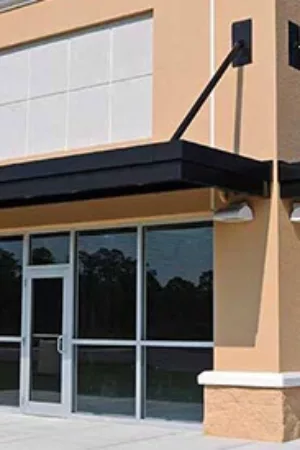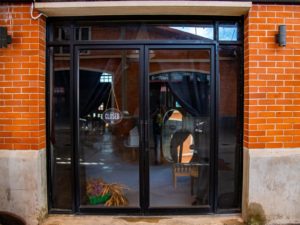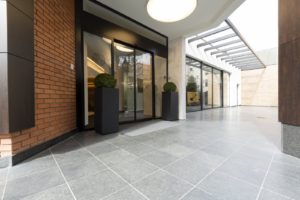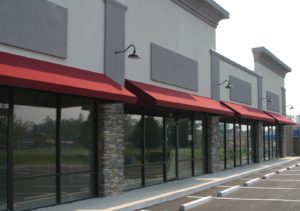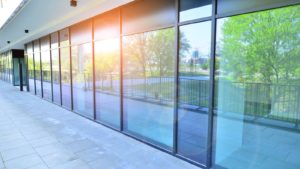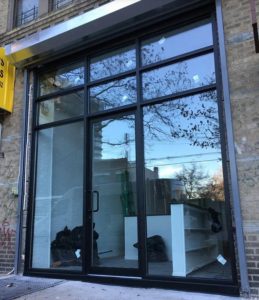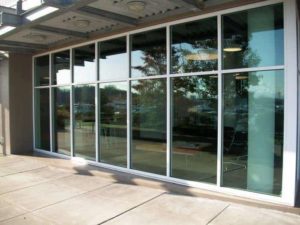Faq
How do the edges of the glass come?
Do you ship?
Can you purchase glass from us if you are not a company?
What are your lead times?
How can I get pricing for my job?
What are the smallest and largest size of glass you can temper?
What thickness of glass do you temper?
Can I have my own glass tempered?
What are you pick up times for customer's?
Do you install or feld measure?
Choosing A Glass Storefront For Your Business
Finding the right provider for a glass storefront can seem difficult without any knowledge of the subject. However, Jersey Tempered Glass, Inc. has all the knowledge and expertise needed to help you get exactly what you need for your business. Let’s get started with the basics to help you in choosing a glass storefront for your business.
Why Have Storefront Glass Windows?
Choosing storefront glass windows and doors has a range of benefits that can help your business in more ways than you might have initially considered. As well as being able to see directly into the store and what is on offer, you can use a glass storefront as a marketing technique to sell your brand and products. Statistics have proven that customers are more likely to enter a store when they are attracted by the glass windows and can see the store offerings. Depending on your business and aims, storefront glass windows could be beneficial for you.
What To Consider With Your Storefront Glass Door
One of the important things to consider about your glass storefront is a storefront glass door. Would you prefer an automatic sliding glass door or a regular one with handles? You’ll need to consider your budget and space capabilities to see what will work best for you. If you need handles, you’ll need suitable glass and plan to get it drilled so handles can be fitted.
Commercial Storefront Glass Options For Your Business
There are many options to choose from for your commercial storefront glass.
- Transparent — A popular choice for retail and restaurants alike, transparent glass is the most common in these settings to attract customers and display your offering.
- Tinted — Perhaps a tinted option would be better for your business, depending on what you want to show.
- Frosted — This can provide the most privacy for your storefront if you want to only show certain areas of the store and its contents.
- Tempered — Tempered glass is typically used for commercial storefront glass because of its durability. This type of glass will meet the building and safety requirements needed for your store. Tempered glass is four times the strength of annealed glass, another type of glass used for storefront glass windows.
A glass storefront is a great option for many businesses to entice potential customers inside and display their offering. There are different options to consider for your storefront glass door and window. If you’re not sure where to start, Jersey Tempered Glass, Inc. can help. They’ll help you plan exactly what you need for your commercial glass storefront doors and windows. Get in touch today to get a quote.

